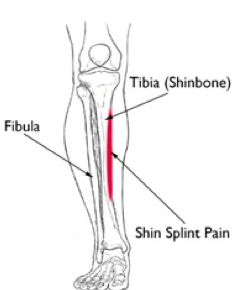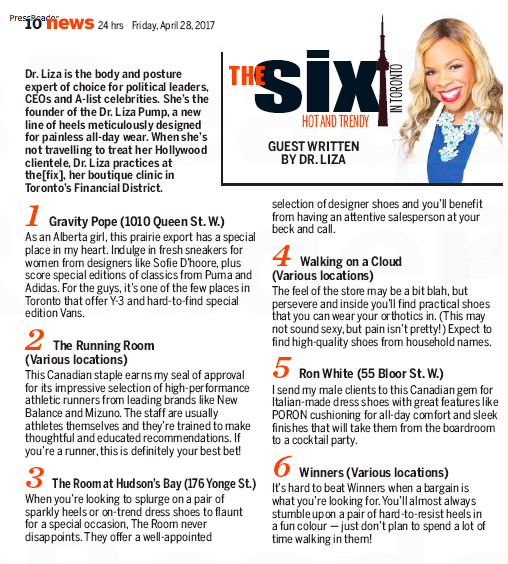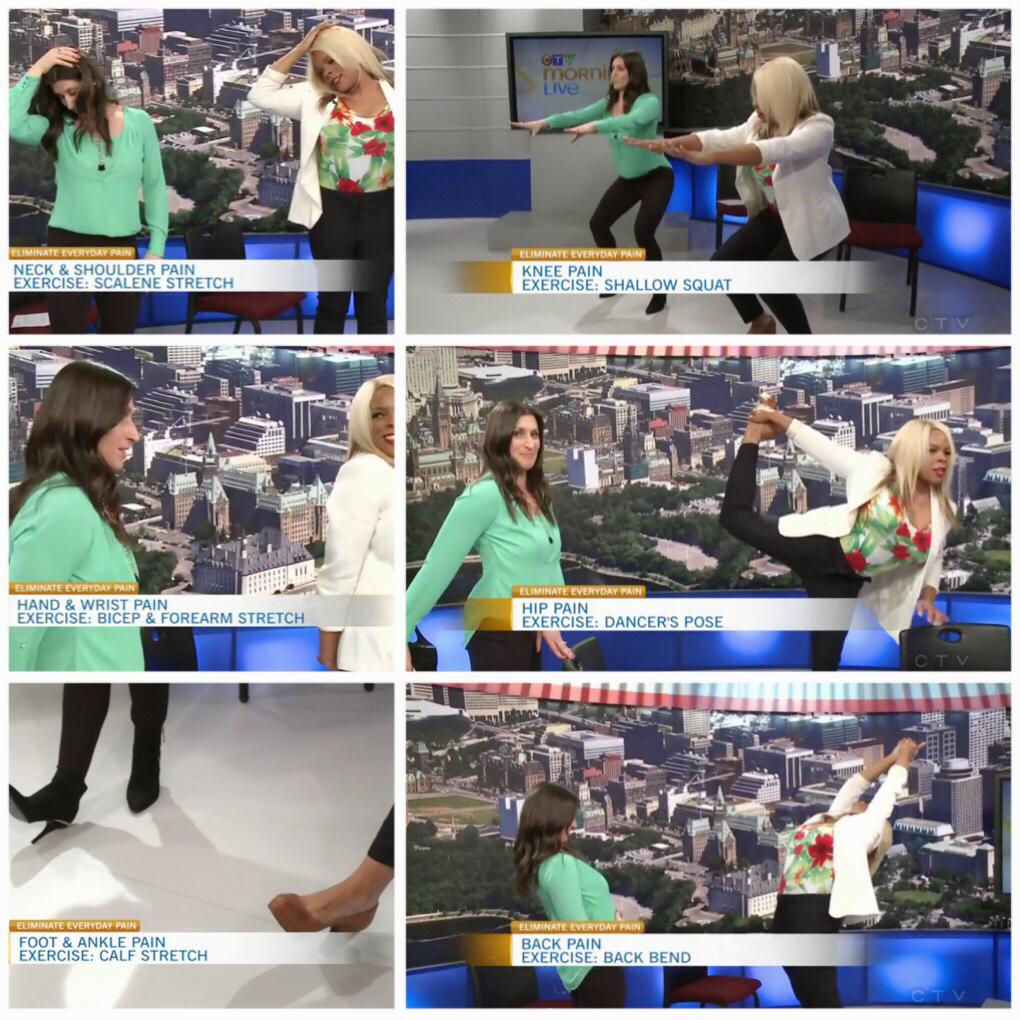Dance Away Your Back Pain
Visit thesocial.ca to watch the full segment!
FLASH SALE FOR THE DR. LIZA PUMP!
the[fix] pop up clinic backstage at the 93.5 Throw Back bash
It was an honour and pleasure providing backstage treatments for Ginuwine, Sean Paul and Brandy at the 93.5 Throwback bash!
Fixing at the 2017 ESPY awards
We had the honour of providing some pre-ESPYs fixing for the amazing athletes and special guests in attendance because the best deserve the best.
Huffington Post - Exercises to look 2 inches taller
Read the article here: Huffington Post Canada
Picking Out Comfortable High Heels
Want to know what to look for and what to avoid when shopping for high heels. Watch the segments below. For more information about the dr. Liza pump visit drLizashoes.com
Elbow Injuries in Athletes
Golf, baseball and tennis are very different sports with diverse game play structures. However, athletes across all three seem to share similar goals: they want to move the ball faster, harder and more accurately than their opponent. They also want to have high consistency for as many repetitions as possible. During each repetition, the athlete transfers force from their legs, through their torso and arm to impact the ball. The elbow acts as a pivot point where rotary torque is converted into linear acceleration to move the ball. High repetition combined with excessive force applied at the elbow makes it prone to injury. The most common elbow injuries in these athletes include Golfers Elbow (AKA Pitchers Elbow or medial epicondylitis), Tennis Elbow (AKA lateral epicondylitis) and nerve injuries involving the radial, median or ulnar nerves.
Golfer’s Elbow (AKA Pitchers Elbow or Medial Epicondylitis):
Golfers elbow is characterized by inflammation of the tendon that connects the forearm flexors and pronator muscles to the inside of the elbow. Many muscles share this common attachment site. Repeated, forceful loading of these muscles causes pain along the inside of the elbow accompanied by weakness in grip strength and wrist flexion. This injury is most common in golfers, throwing athletes, bowlers, archers, tennis players and weight lifters. Conditions that can mimic golfers elbow include cervical radiculopathy, little league elbow and ulnar collateral ligament (UCL) tears.
Little league elbow occurs in children with a similar mechanism of injury. However, since their growth centers are still open, repeated tugging on the attachment can cause a traction fracture. Little league elbow requires immediate medical attention to stabilize the elbow joint and to ensure proper bone development.
Ulnar collateral ligament (UCL) injuries are also very serious and require medical attention. The UCL supports the inside of the elbow and protects the elbow joint against load. Tommy John surgery is the procedure used to stabilize the elbow following a UCL tear.
Tennis elbow (AKA lateral epicondylitis):
Tennis elbow is characterized by the same symptoms, but it is located on the other side of the elbow joint. The extensor and supinator muscles of the forearm share a common tendon that attaches to the outside of the elbow. Overuse and repeated, forceful wrist extension causes inflammation and pain at the elbow. This condition can occur in any occupation that requires repeated wrist extension or prolonged gripping such as plumbers, carpenters and chefs. Tennis elbow is easily identified with palpation along the outside of the elbow and through muscle testing.
The treatment approach for both Golfers and Tennis elbow are almost identical except for where the therapy is applied. Warming up before activity will go a long in preventing these injuries. Start with slow, controlled repetitions and move towards full speed motions in a graded fashion. In acute situations, RICE principles (rest, ice, compression and elevation) and activity modification are important. Anti-inflammatory interventions such as applying ice, taking fish oil supplements and NSAID’s may be appropriate.
Physical therapy is an essential component of care. Treatment will focus on maintaining range of motion, improving strength, bracing the joint and reducing pain. This will include a combination of acupuncture, soft tissue massage, stretching, mobilization, taping and strengthening exercises.
Nerve Entrapment at the Elbow (medial, radial, ulnar):
The main nerves that supply your arms include the radial, ulnar and median nerves. As we move, the nerves are stretched and compressed as they travel through tight spaces. Each nerve can become irritated as specific locations around the elbow. The most common compression sites include:
1) Pronator Teres Syndrome: The median nerve is compressed by the pronator teres muscle located in the front of the forearm. This can cause forearm weakness and/or numbness in the thumb and first two fingers and weak grip strength. This condition can be confused with carpel tunnel syndrome if not properly assessed.
2) Cubital Tunnel Syndrome: The ulnar nerve is compressed within the cubital tunnel located behind the inside of the elbow. At the elbow, the ulnar nerve travels close to the skin and is not protected by bone. If an external force hits the nerve, it causes a shooting pain towards the arm known as hitting your “funny bone.” This condition can cause numbness or tingling into the 4th and 5th fingers, grip strength weakness and a claw hand deformity.
3) Supinator Syndrome: The radial nerve is commonly irritated as it passes underneath the supinator muscle in the back of the forearm. This condition causes weakness with wrist extension and numbness in the back of the hand.
The goals for treating peripheral nerve injuries includes maintaining a full range of motion, reducing inflammation, improving mobility of the nerve and reducing pain levels. Treatment includes RICE principles, activity modification, nerve flossing, soft tissue massage, acupuncture, mobilization, splints/taping and muscle strengthening.
The nerve injuries explained above are the most common around the elbow. This does not represent a comprehensive list of possible causes. If you experience any weakness, numbness or tingling in the arms you should have it properly assessed and treated to prevent further deterioration.
References:
Young CC. (2016). Medscape: Medial Epicondylitis. Updated on April 19th, 2016. Retrieved from: http://emedicine.medscape.com/article/97217-overview#a6 on May 8th, 2017.
AAOS. OrthoInfo: Tennis Elbow (Lateral Epicondylitis), American Academy of Orthopedic Surgeons (AAOS). Updated July 2015. Retrieved from: http://orthoinfo.aaos.org/topic.cfm?topic=a00068 on May 9th, 2017.
Neal, S. L., & Fields, K. B. (2010). Peripheral nerve entrapment and injury in the upper extremity. American family physician, 81(2).
the[fix] POP UP SHOP
Join us in the concourse atrium of Scotia Plaza [40 King St. W] to try the dr. Liza pump, get complimentary shoulder massages and score some delicious candy!
Running and Repetitive Strain | Treatment at the[fix]
Running outdoors is an incredible way to get some fresh air, exercise and squeeze in a well-deserved mental break after a long workday. As spring emerges, many people will dust off their old runners and hit the trails. It is important to start slowly and build up towards your fitness goals. Try not to compare your current performance to your ability at the end of last summer. This will set you up for disappointment. Start slow and each day push a little harder and run a little further. As the old saying goes: ‘it’s a marathon, not a sprint.”
Regardless of your motivations for getting active, you will likely experience fatigue and injury along the way (to varying degrees). Three repetitive running injuries that we commonly treat include patellofemoral pain syndrome (runner’s knee), shin splints and plantar fasciitis. These conditions can be brought on by a sudden increases in training frequency, intensity or duration (“too often, too fast and too much”). Self-management techniques go a long way towards preventing these injuries. Carefully plan your workouts allowing for adequate rest between sessions accompanied by appropriate nutrition. Make sure you stretch before every workout and maintain optimal form while running.
Patellofemoral Pain Syndrome (PFPS):
Patellofemoral pain syndrome (PFPS) accounts for 16-25% of all running injuries. It is described as pain behind, underneath or around the kneecap and is aggravated by running, forceful or repetitive knee extension, squatting or jumping. Sometimes a popping sound, grinding sensation or mild knee buckling can occur. PFPS is a functional diagnosis and is considered after more serious injuries are ruled out. PFPS is associated with three major contributing factors:
a) Malalignment of the lower limb or knee cap (“poor knee tracking”)
b) Muscular imbalance around the knee (especially quadriceps-hamstring strength ratio)
c) Overactivity (eg. increased running/cycling mileage)
A basic principle in physical therapy is to identify the contributing factors of a condition, and to use those to guide treatment. Therefore, treatment for PFPS aims to improve knee tracking, optimize muscle balance around the knee and alter your current activity levels. Activities like squatting, kneeling, cycling with a low seat or excessive running should be avoided. Treatment may include any combination of RICE principles (rest, ice, compression and elevation), strength training, stretching, Kinesiotape or athletic tape, soft tissue therapy, NSAID’s, gait retraining, knee braces and/or prescription orthotics. At the[fix], we use 3D Gaitscan technology to analyze your gait and cast you for custom fit orthotics. Orthotics are covered by most insurance plans.
Shin Splints (Medial Tibial Stress Syndrome):
Shin splints produce a vague, diffuse pain along the inside of the shinbone (tibia). Recently, shin splints has become a catch all term to describe any type of shin pain. Tibialis anterior strains get incorrectly grouped in with shin splints even though they occur on the opposite side of the tibia. True shin splints happen on the INSIDE of the tibia rather than the outside.
Repetitive muscle contraction of the tibialis posterior and flexor digitorum pull on their attachment to the tibia causing inflammation and micro-tearing at the bone surface. Having flat feet, high arches and wearing improper footwear can contribute towards this condition. It is important to differentiate shin splints from stress fractures, chronic exertional compartment syndrome and acute tendonitis.
Self-management techniques for this condition include a combination of RICE principles, stretching, strength training, activity modification and ensuring proper footwear. Massage therapy, orthotics, acupuncture, taping and gait pattern analysis can help to relieve pain and improve recovery. At the[fix] we use a tailored combination of these treatment methods to ensure we are addressing your unique injury.
Plantar Fasciitis:
Plantar fasciitis is one of the most common foot complaints in athletic and non-athletic populations. The plantar fascia is a thick band of connective tissue that lines the base of the foot that connects your heel to the base of your toes to support your arches. Plantar fasciitis involves inflammation of the plantar fascia due to repetitive overuse. Pain is felt along the inside arch with focal pain towards the heel.
Poor running shoes and running on an uneven surface promotes the development of plantar fasciitis. Risk factors include prolonged standing, being flat-footed, poor ankle range of motion and heel spurs. Treatment includes a combination of massage therapy, intrinsic foot muscle and calf strengthening, taping, acupuncture and joint mobilization. Custom orthotics, night splints or gait retraining may also be warranted. If severe inflammation is present, then your medical doctor may prescribe anti-inflammatory medications. At the[fix], most of our patients respond well to a conservative treatment approach and are able to return to normal activity in a few months.
Conclusion:
Running is one of the best workouts you can do for overall heath. Make sure you take advantage of the beautiful sunshine because it only lasts a few months! Get outside and get healthy! Take preventative measures to reduce your chance of experiencing these common running injuries. Gradually build up the duration, frequency and intensity of your workouts. Logging your mileage and timing yourself are good ways to keep track of your progress. Make sure you are diligent with stretching and strengthening to prevent fatigue and injury. If you are experiencing any of these symptoms or would like advice, book an appointment today for an Initial Chiropractic Assessment and Treatment. During this visit we may recommend a combination of registered massage therapy, custom orthotics, exercise prescription and/or acupuncture in addition to comprehensive chiropractic treatment.
References:
AAOS. (2012). Otho Info: Shin Splints, The American Academy of Orthopedic Surgeons (AAOS). Updated: May 2012. Retrieved from: http://orthoinfo.aaos.org/topic.cfm?topic=a00407.
Buchbinder, R. (2004). Plantar fasciitis (Clinical Practice), New England Journal of Medicine, 350:2159-2166.
Galbraith, R. M., & Lavallee, M. E. (2009). Medial tibial stress syndrome: conservative treatment options. Current reviews in musculoskeletal medicine, 2(3), 127-133.
Mayo Clinic Staff. (2016). Plantar fasciitis: Patient Care & Health Information, Mayo Clinic. Retrieved from: http://www.mayoclinic.org/diseases-conditions/plantar-fasciitis/home/ovc-20268392.
Moen, M.H., Tol, J.L., Weir, A., Steunebrink, M., De Winter, T.C. (2009). Medial tibial stress syndrome: A critical review, Sports Medicine, 39(7):523-545.
Schiepsis, A.A., Leach, R.E. Gouyca, J. (1991). Plantar fasciitis: etiology, treatment, surgical results and review of the literature, Clinical Orthopaedics & Related Research, 226.
Thomee, R., Augustsson, J., Karlsson, J. (1999). Patellofemoral Pain Syndrome: A Review of Current Issues, Sports Medicine, 28(4):245-262.
Global Morning- Fighting High Heel Pain
On Monday, Dr. Liza joined The Morning Show to share the top mistakes women make when shopping for heels and what makes the dr. Liza pump different. Watch the segment here:
24 Hours Toronto - dr. Liza pump promo
Dr. Liza shared her favourite shoe stores in Toronto with 24 Hours Toronto. For comfortable women's high heels, the number one choice is the dr. Liza pump. You can buy the dr. Liza pump at the[fix] or online at drLizashoes.com. Today only get 50% off your order by using the code '24HOURSTORONTO' at checkout. Please note that with the discount you can only exchange your shoes for another size and refunds will not be given.
Thank you and happy shopping!!!
Common Athletic Injuries We Treat at the[fix]
This April has been extremely exciting for sports fans in Toronto! The Blue Jays and Toronto F.C. just began their season while the Raptors and Maple Leafs were both in the playoffs for the first time since 2002. The Toronto Wolfpack rugby team will play their first home game in early May making them the only transatlantic professional sports team in history. It is certainly a good time to be a Toronto sports fan!
Not only are professional athletes getting active during the spring, but many of us will join recreational leagues as well. Whether this involves slow pitch baseball, golfing, beach volleyball or training for a marathon, it is important to take care of your body to perform optimally and maximize the longevity of your athletic “career.”
We tend to see a large influx of athletes and weekend warriors seeking therapy for injuries that occur from re-engaging in athletic endeavors. Keep your eyes locked to our blog over the next few months! We will be discussing common athletic injuries that we see every day at the[fix]. We will explain how the injuries occur, what you can do to prevent them and how we treat your injuries in the clinic. If you have a particular injury that you wish to learn about, please comment below, email us or speak with your provider at the [fix]!
CP24 Breakfast - Avoid These Mistakes When Shopping For High Heels
Dr. Liza shared the mistakes women make when shopping for high heels and some of the features that make the dr. Liza pump comfortable enough to wear for 12 hours! Watch the clip here:
The Social: Stretches For Better Sleep
When it comes to a successful beauty routine, sleep might be the ultimate secret—and Dr, Liza has the perfect stretches that will send you off to dreamland.
FLASH SALE on the dr. Liza pump
FLASH SALE! Use the code 'SPRING20' to take 20% off the dr. Liza pump from now until April 7th at midnight. Shipping is free within Canada and the US. Shop at drLizashoes.com or visit the[fix].
THE RED CARPET FIX #JUNOawards
Learn how the stars are getting ready for the JUNO awards and 2 great stretches you can do to help relieve neck, elbow and hand pain. Learn how the stars are getting ready for the JUNO awards and 2 great stretches you can do to help relieve neck, elbow and hand pain. Watch the segment here:
http://ottawa.ctvnews.ca/video?clipId=1090550&binId=1.1487308&playlistPageNum=1
The dr. Liza pump is now available!
Dr. Liza has spent the last 2 years designing the perfect high heel, the dr. Liza pump. The shoes are available to order online at drLizashoes.com Sizes range from 6-11 [including half sizes] and can comfortably accommodate a wider foot. Currently they are available in black and nude.
What makes them so comfortable?
ORTHOTIC INSOLE Features advanced foam cushioning and contoured arch support for all day comfort and long-term wear. The orthotics in the dr. Liza pump are engineered to provide biomechanical support and correction with every step.
EVA PLATFORM The platform is made of shock-absorbing EVA to make every step cushiony and comfortable.
ROCKER SOLE The forefoot platform rocker sole off loads weight at the metatarsal heads [ball of your foot]. This means little pressure at the front of your feet when you are standing or walking.
NON-SKID RUBBER OUTSOLE Provides traction and shock absorption to keep you grounded and balanced with every step.
DEEP HEEL CUP Gives you greater stability by controlling over pronation [when your feet roll in too much]. It also helps to gather the fat at the bottom of your heel to provide additional cushioning.
If you would like to try a pair of the dr. Liza pumps you can come into the[fix] Monday - Friday between 9-4pm. Please let us know via email at thefixtoronto@gmail.com prior to coming in. We just need to know your size, colour preference and the time you will be coming in to try them on. Thank you!
Exercises for Everyday Pains
Dr. Liza shared her favorite exercises for everyday pains with CTV Morning Live. Watch the segment here:
http://ottawa.ctvnews.ca/video?clipId=1046151&binId=1.1164511&playlistPageNum=1
dr. Liza pump Kickstarter
Dr. Liza has launched a Kickstarter campaign for her fashionably comfortable heel, the dr. Liza pump. She has been working for almost 2 years to create a 3.75" pump that you can comfortably wear all day.
By backing this project you will be rewarded with the dr. Liza pump at a discounted price. Even if you don't want the shoe you can still support the campaign by contributing as little as $10.
Here's the link for the Kickstarter campaign :
https://www.kickstarter.com/proj…/971859523/the-dr-liza-pump
She only has till February 14th to raise the funds so please share!!!
Learn more about the dr. Liza pump at drlizashoes.com
![the[fix]](http://images.squarespace-cdn.com/content/v1/5494e530e4b039edeef75dff/1467052868801-4WDDECP8CV27LAFWPL65/the%5Bfix%5D+logo+TM.jpg?format=300w)





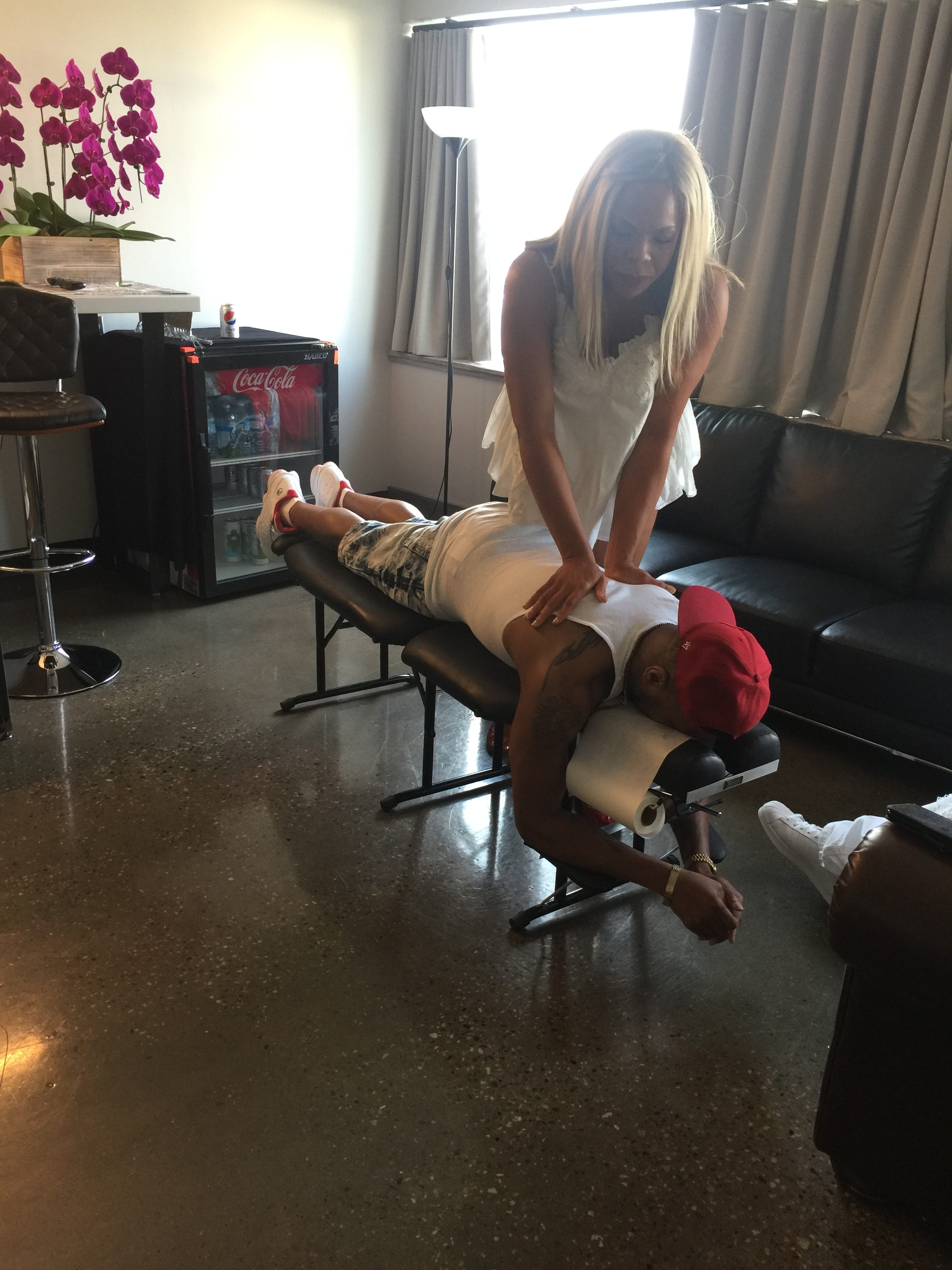
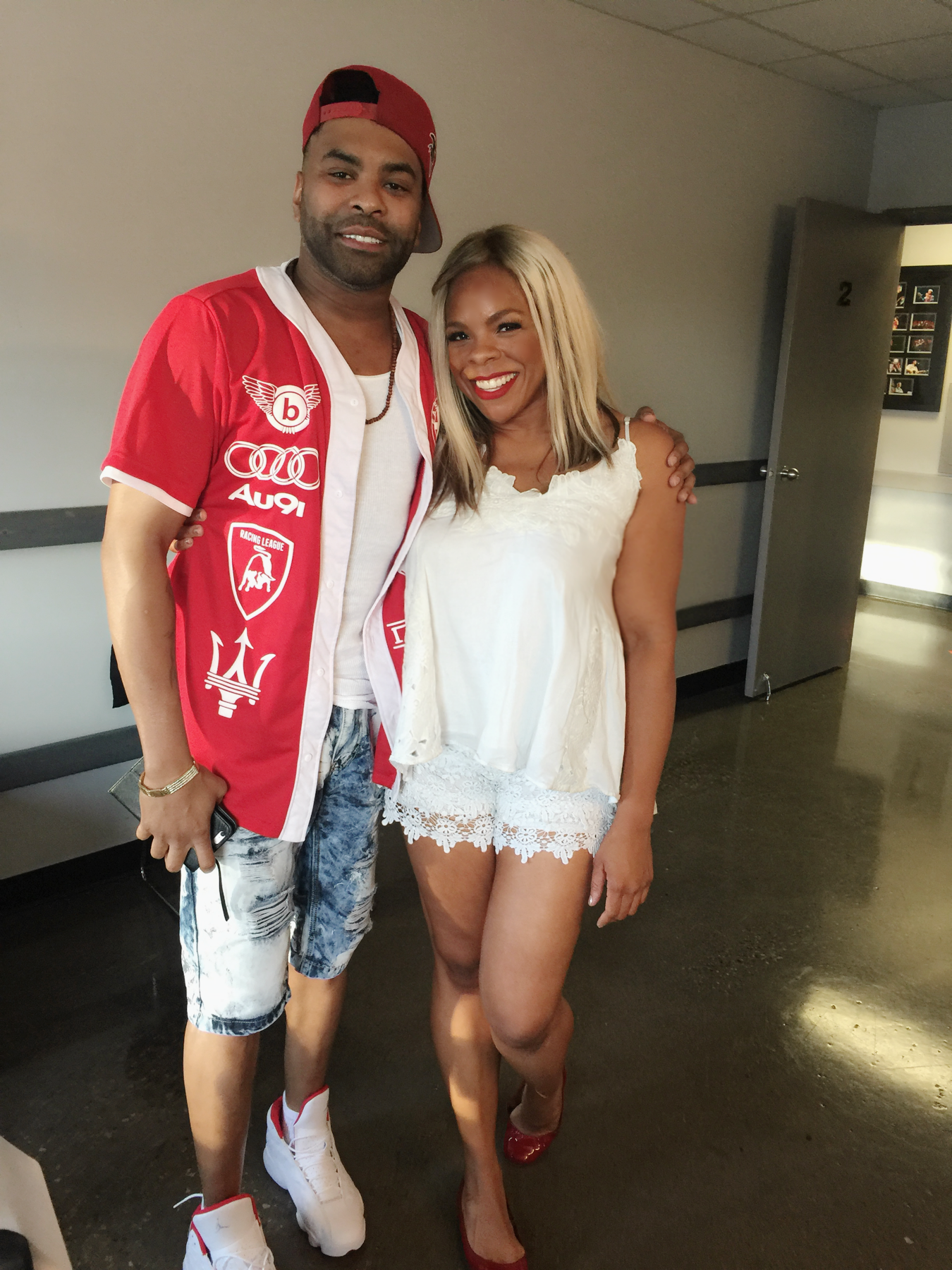
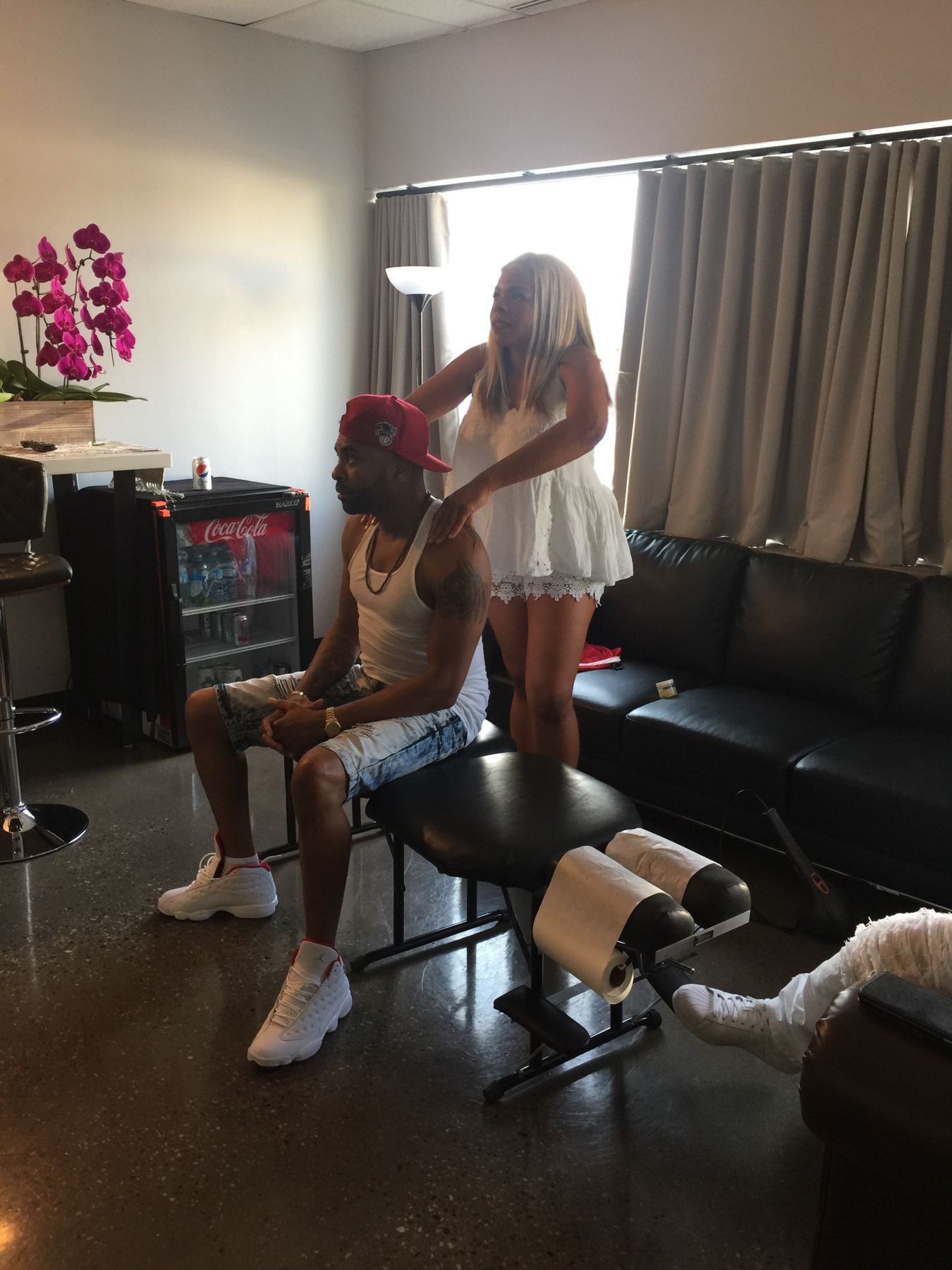




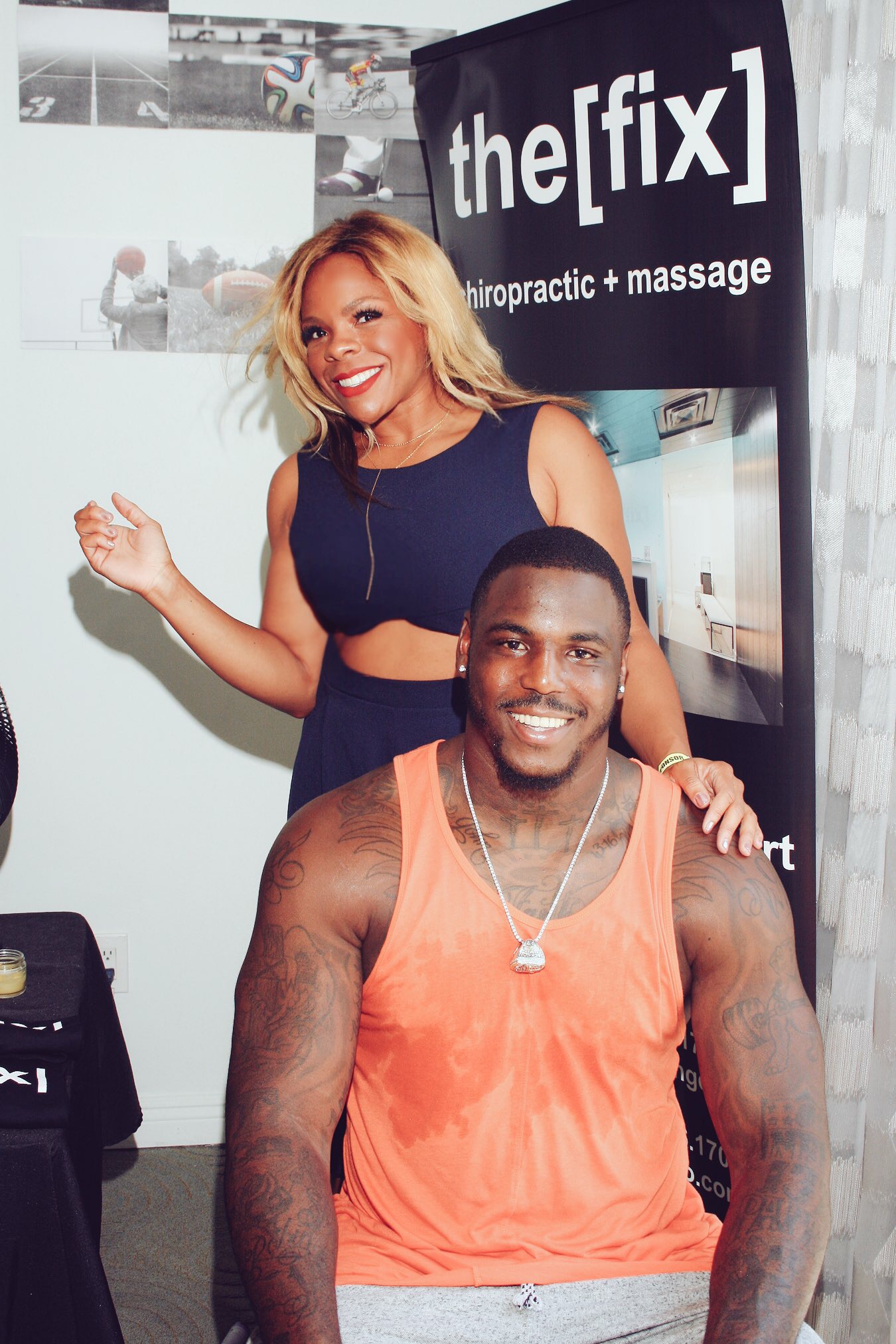
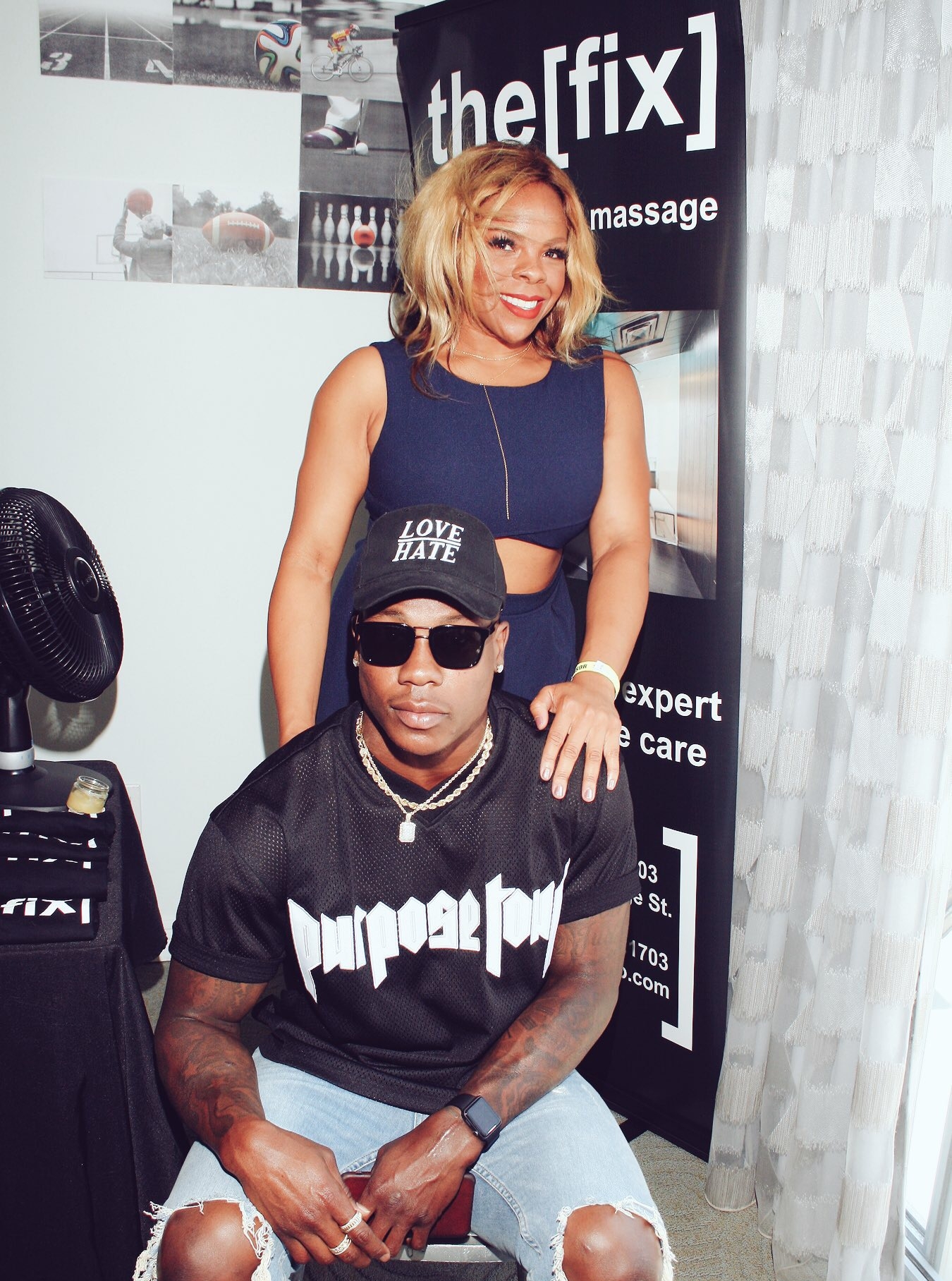
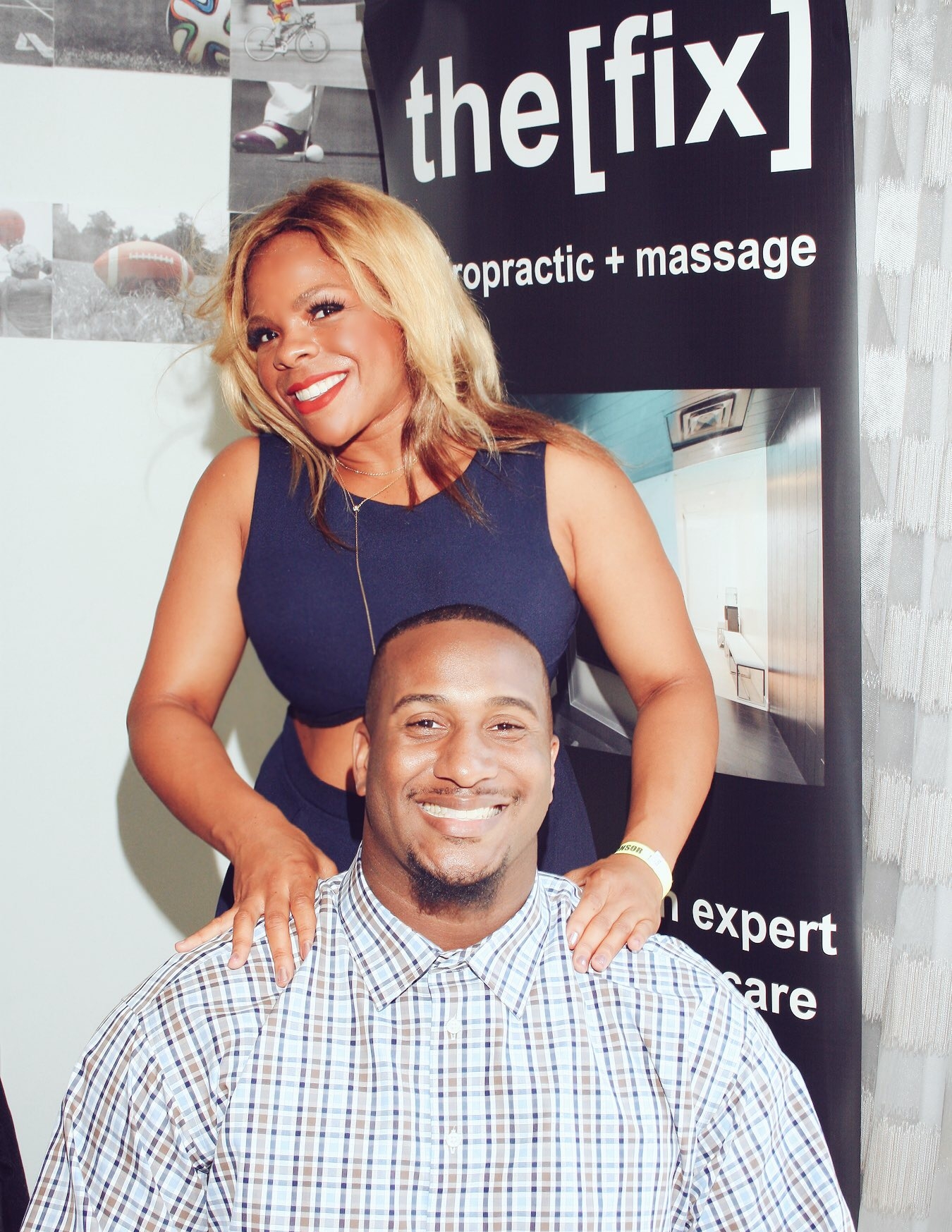
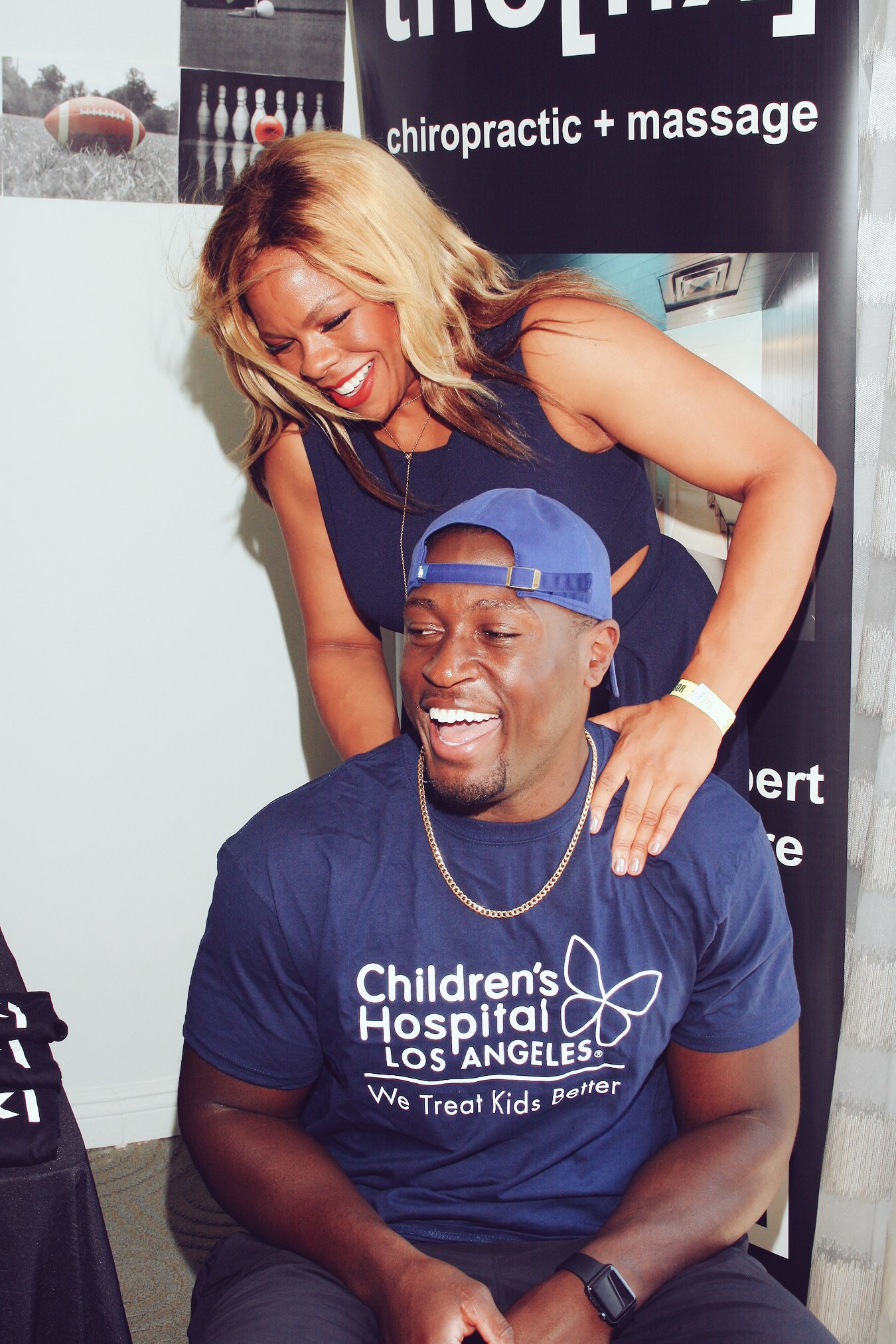
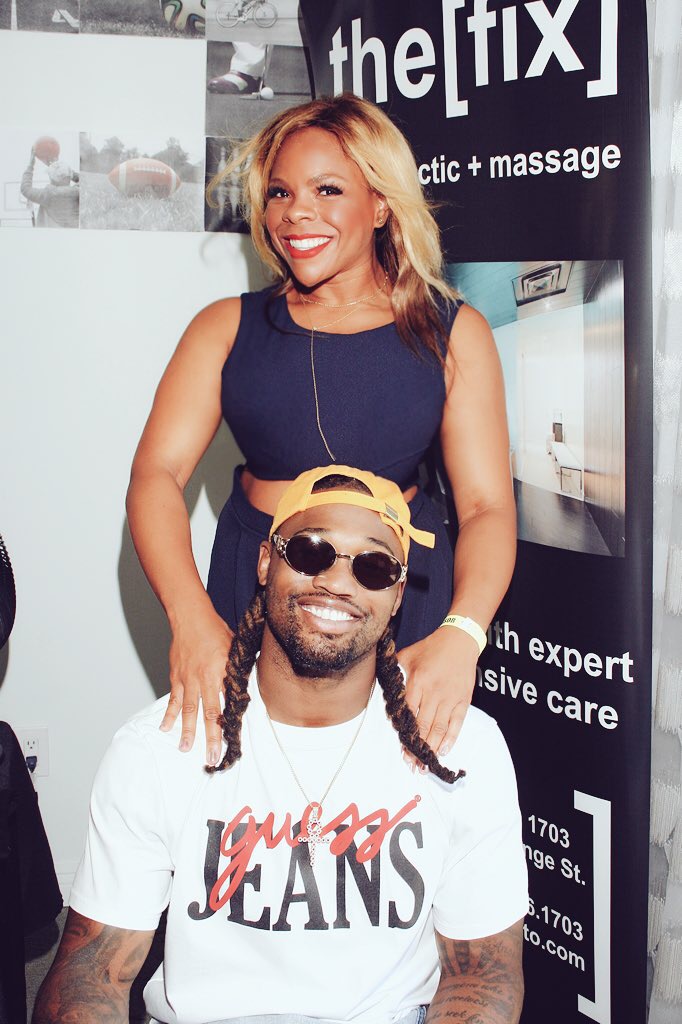
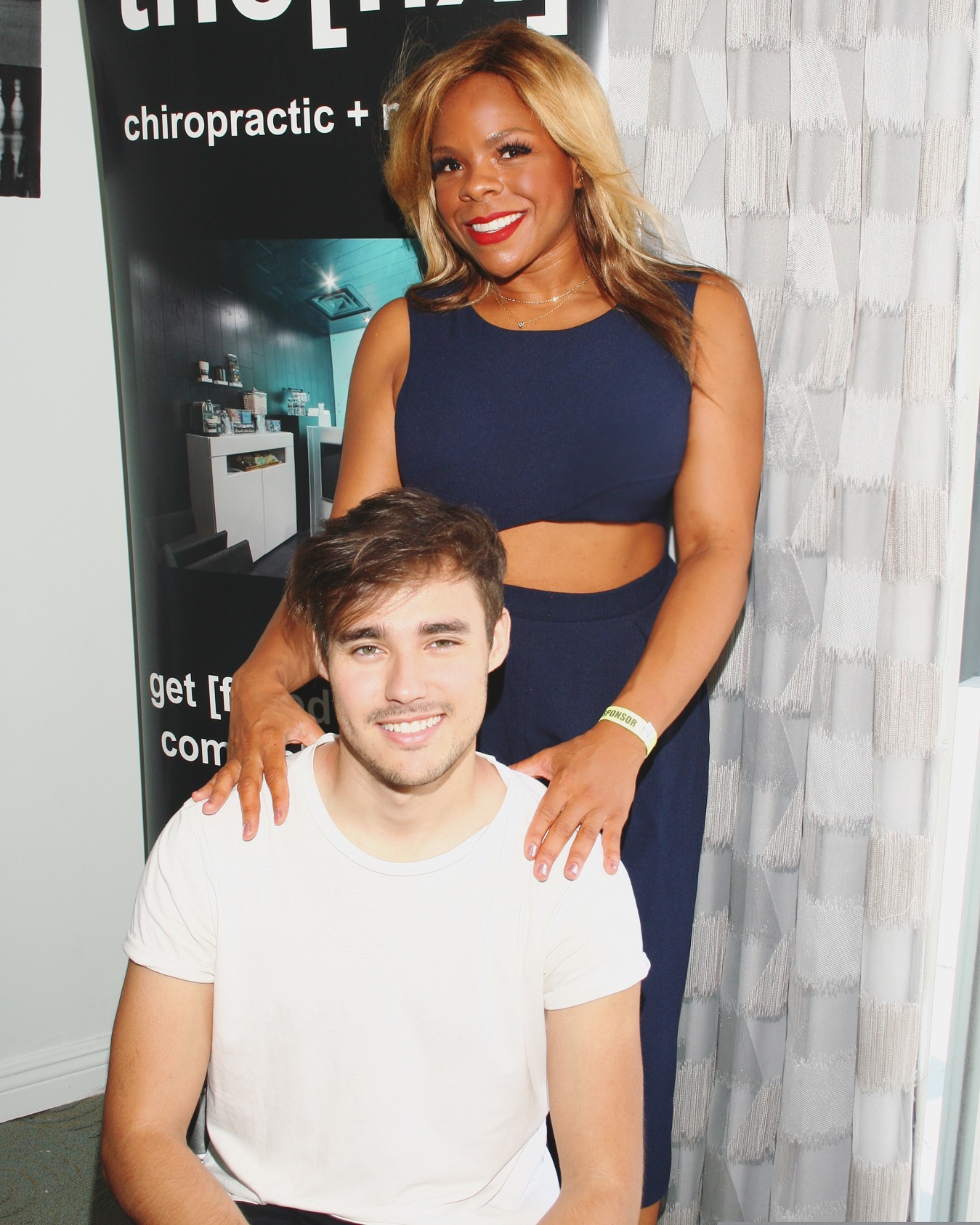
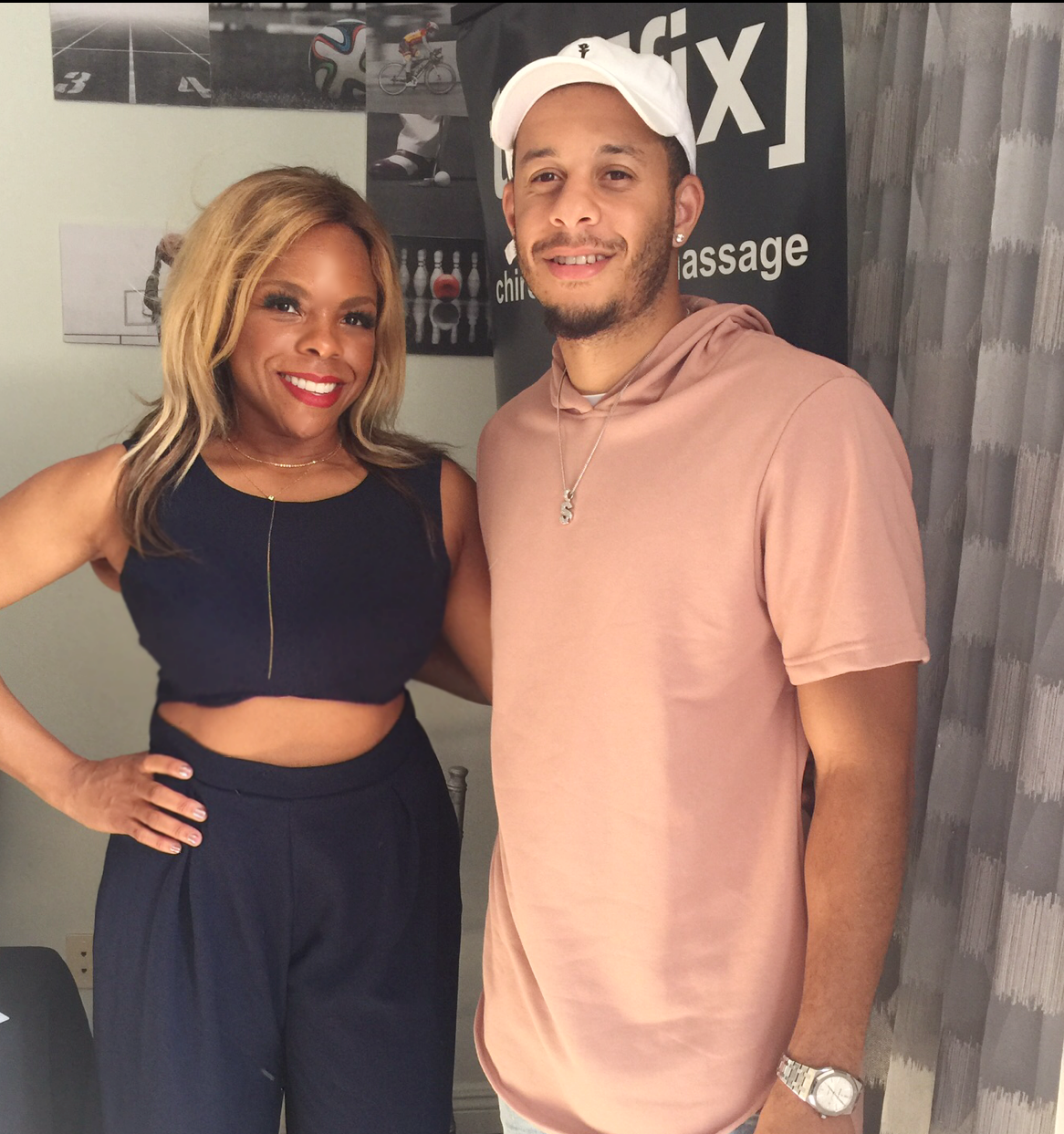
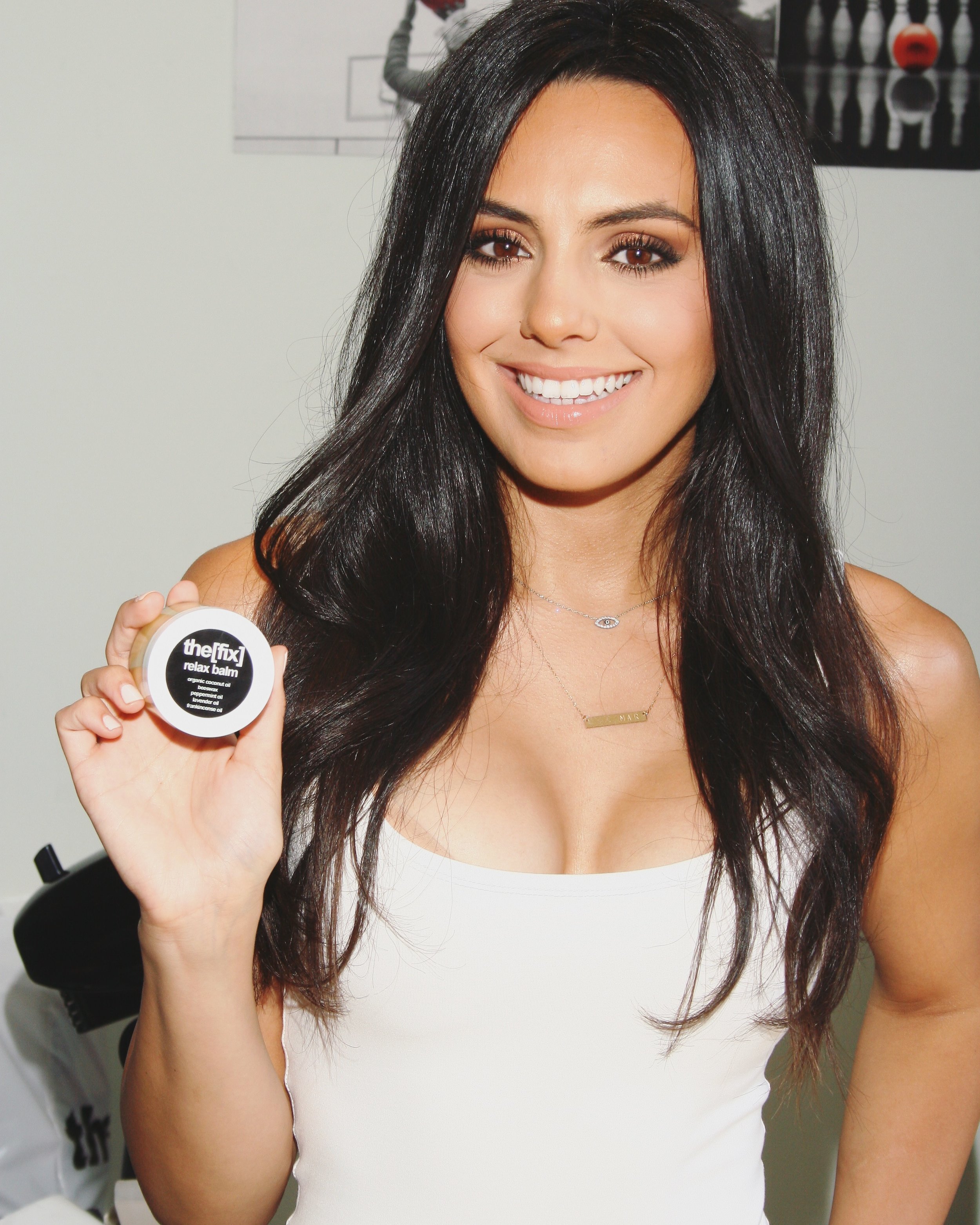
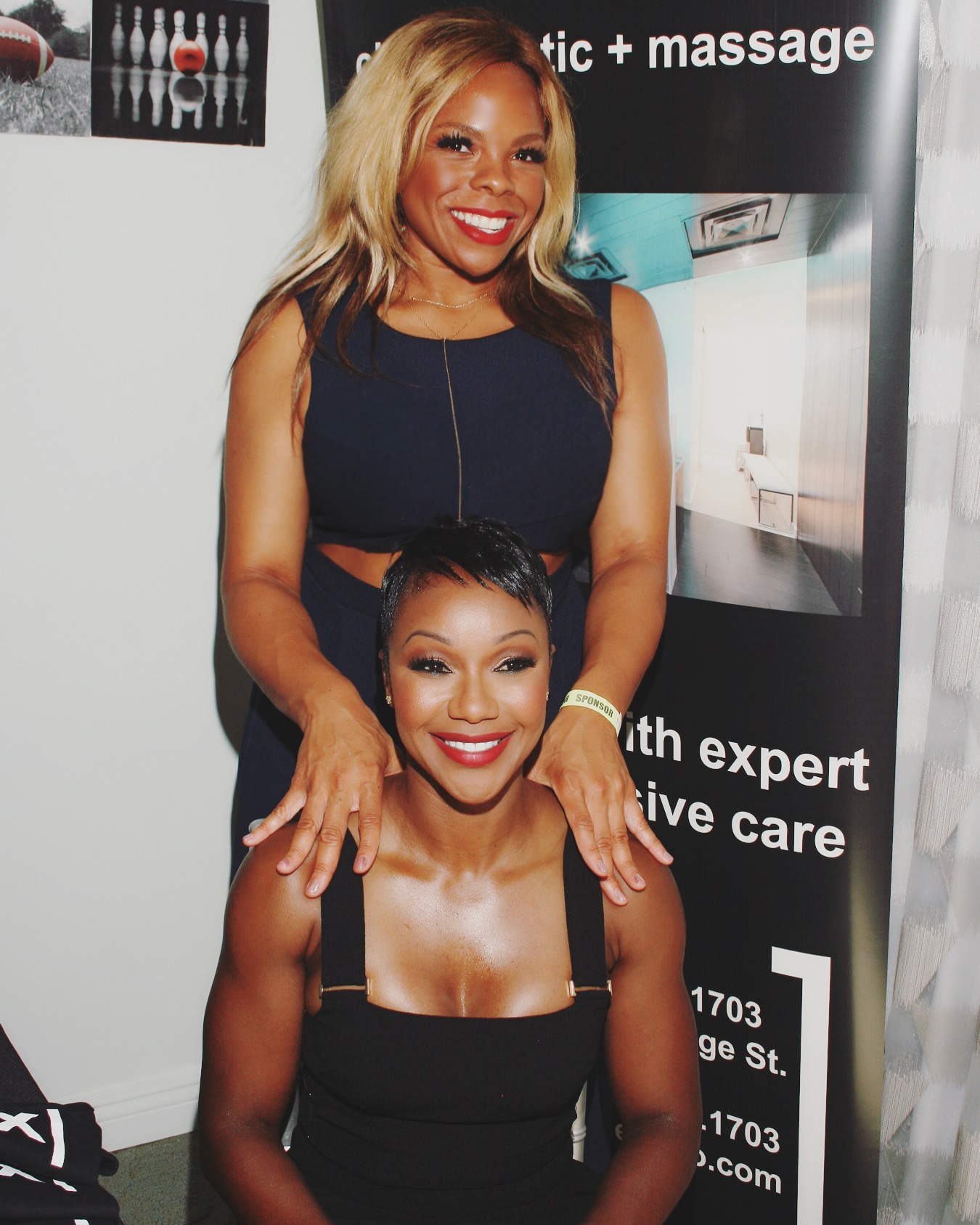








![Join us in the concourse atrium of Scotia Plaza [40 King St. W] to try the dr. Liza pump, get complimentary shoulder massages and score some delicious candy!](https://images.squarespace-cdn.com/content/v1/5494e530e4b039edeef75dff/1495246263866-DKOGHEBKQ8OKYZ7JXGFM/image-asset.jpeg)


